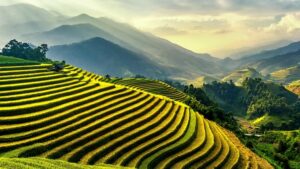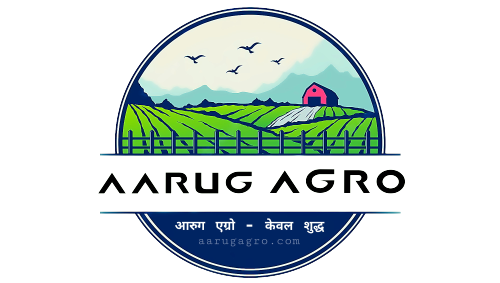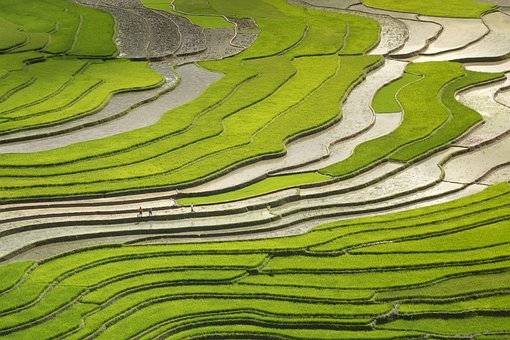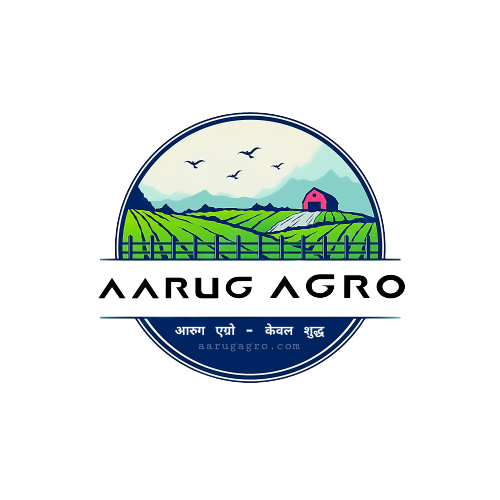Terrace Farming : Hilly agricultural land can only be farmed on terraces. It has several other advantages as well. Soil erosion can be stopped and soil can be conserved through this method of farming. This method of farming assures the production of versatile crops. The purpose of this farming goes beyond cultivating lands that would not otherwise be suitable for agriculture. Hills are mainly used for farming. Terrace farming can be practiced using new technologies and agricultural trends, which are highly productive and easy to use.
This farming method was invented by the Incas in the South American mountains. Cultivating crops in mountainous or hilly areas has become possible due to this farming method. Good productivity is gained through this agricultural idea.
The information on terrace farming in India can be found in this blog. Keep reading to the end!
What Is Terrace Farming?
Crops are grown on terraces by rearranging farmland for cultivation. Terrace farming involves growing crops on mountains and hills. It is the process of cutting a slop into a series of flat surfaces in order to make farming more effective. Terraces are platforms. Regardless of whether the upper one is full or not, the water will always flow to the lower one. Furthermore, farming in India can be profitable.

A farm’s terraces are either level or tilted. Soil infiltration properties determine their effectiveness. A level surface is achieved by soil infiltration.
-
Broad-Base Terrace Farming:- A terrace farm can be used on any slope, as it is suitable even for gentle hills.
-
Grassed Back-Slope Terrace Farming:- The back slope cover is perennial grass, so this is perennial terracing.
-
Narrow-Base Terrace Farming:- This is another example of perennial terracing, but in this case the back and front sides are covered with permanent crops.
Read More:ORGANIC FARMING EXPLORATION
Systems for cultivating terraces
The following are common terrace cultivation systems, which can be used on a large scale or for subsistence agriculture. The future of Indian agriculture can be seen in it.
1. Bench Terracing
The bench system in farming is similar to benches or stairs that are arranged regularly along a slope with flat or nearly flat platforms. Rice is commonly grown using this system of agriculture.
2. Contour Terracing
A grassed waterway is included in this terrace system, as well as a point row. Due to irregularities in space, this kind of system requires less input to set up but is quite challenging to farm.
3. Parallel Terracing
It is easier to implement a Parallel system for farming tasks, so keep it as parallel as possible. They can, however, be made through land leveling if the slope does not allow it. The use of different implements is therefore highly required in this type of farming.
Therefore, these are the emerging trends in terrace farming or types of farming to increase yields.
The benefits of terrace farming
This terrace farming system was introduced by ancient Incas. Asia is known for its mountainous rice paddies. Terrace farming is essential in hilly areas for a number of reasons. Terracing farming has many benefits for both humans and the environment.
-
The productivity and farmability of sloped fields are enhanced.
-
The system conserves water, reduces runoff, and improves rainwater collection.
-
Adding diversity to ecosystems and reducing rill formation.
-
Reduces sedimentation and pollution in water. Keeping the water at a constant level prevents downstream sedimentation and pollution of water bodies. Although it’s short, it won’t harm crops.
-
In order to increase food production, hilly land must be improved for farming.
What Is Terrace Cultivation Purpose?
Farmers are able to prevent water from flowing down steep hills using techniques. Through the creation of erosion-resistant ditches or subsurface pipe outlets, this farming obstructs water in a designated way. Terracing has proven to be effective in preventing erosion and preserving soil due to the importance of farming.
Terrace farming has many advantages
-
Terrace farming has the advantage that it allows us to farm in hilly areas, which is not easy.
-
Your farm will be less likely to lose water and soil due to erosion.
-
Rainwater washes away nutrients from fertile soil in this farming method. Maximize your production by doing that.
-
It is possible to transform your land into a productive and fertile one by farming. Rice, maize, and many other crops are cultivated on terraces in India.
-
The availability of water in hilly areas has little effect on the productivity of farming. Farmers use rainwater for cultivation and commercial farming as a result of this method.
In Which State Terrace Farming Is Practice?
There is a high prevalence of terrace farming in Himachal Pradesh, Uttaranchal, Meghalaya and the plains of Uttar Pradesh, which are all hilly areas. In the northside of the state (Uttarakhand and Himachal Pradesh), roadside valleys are abundant with this type of farming. This terrace farming does not take place in Haryana, Rajasthan, or Maharashtra.
Read More:Discovering the secrets of organic farming
Terrace Farming Crops Grown
There are several types of terrace farming that depend on mountain land’s productivity. The most common crops grown by terrace farming include medicinal herbs, grains, legumes, fruits, vegetables, berries, etc. There are also apples, rice, saffron, millets, corn, wheat, and many others.
Apart from this, you can do farming on your home’s terrace. Want to know how? Let’s have a look in the section below.
How To Start Your Terrace Farming
This article describes how to start small-scale terrace farming. Organic farming can also be practiced for natural productivity. Let’s take a look.
1. Preparing the roof: You need to make sure that your terrace is accessible, leak-free, and waterproof.
2. Starting gardening: Starting with simple steps like getting pots and recycling containers and making a hole in the centre for drainage water, but no soil is discharged. On a small scale, especially for the livelihood of families, terrace farming can be perform as subsistence farming in India.
3. Choosing the plants: Then select those plants which grow quickly without troubling. Along with this, you can grow fruits and vegetables. Cover the terrace with bamboo if you think the sun is too bright on your terrace.
4. Setup Costing: Overall setup of garden needs approx. Rs. 20,000. And if you want a more designed terrace, the cost will increase. However, you can bring in diversity by trying different pots, plant holders, plants, and other decorations.
We hope you have found the above information about Terrace Farming, its advantages, and types to be informative.


